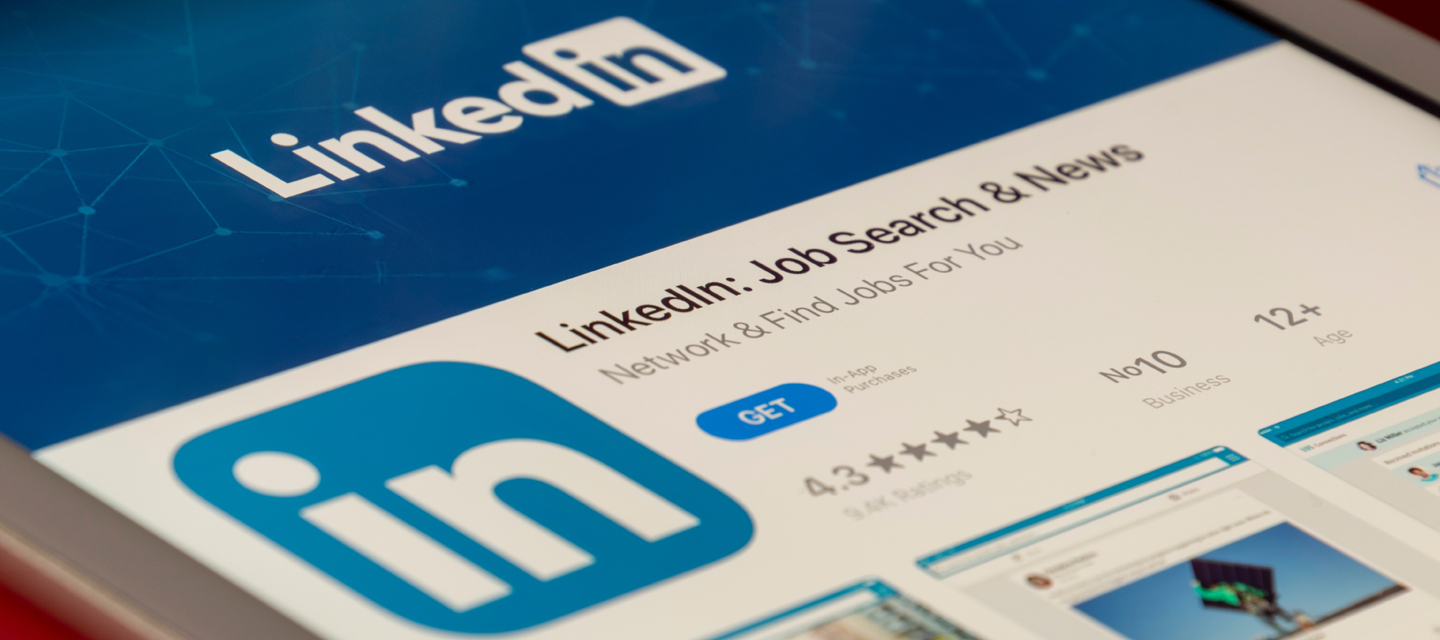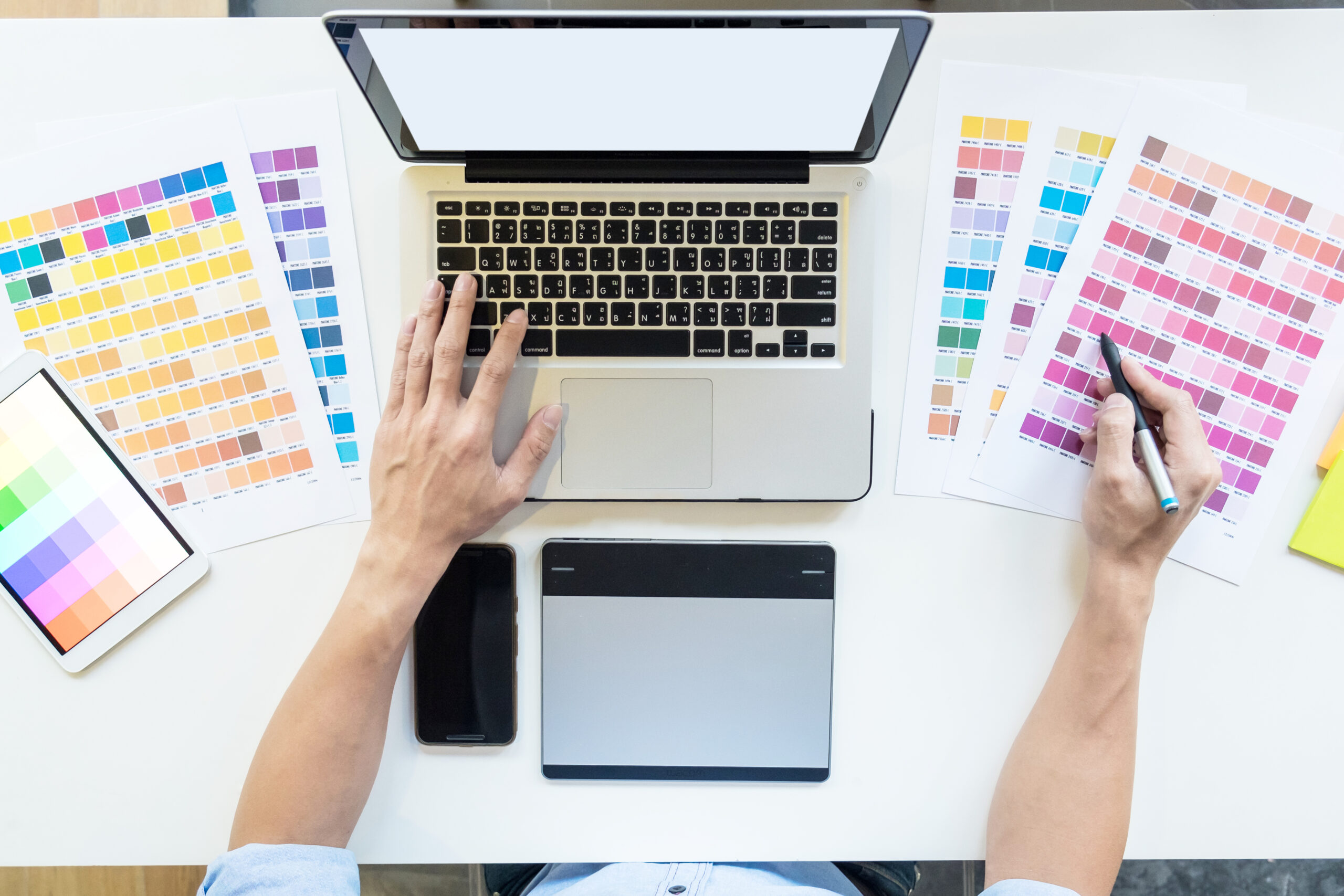Creating likes from laughs—including humour in your social media strategy
We will take a look at some of the who, what, why and how’s of using humour on social media to help you decide if it could be right for you.

As we see more candid content on our timelines, is it time you start reaping the benefits of making your audiences laugh?
Unsurprisingly, more than half of us want to see marketing content that makes us laugh. Who doesn’t love a good chuckle? It brightens our days, adds variety to our feeds and allows brands the option to drop the veil and humanise their content.
Now, most brands aren’t strangers to having a joke with their audience. Every year, thousands of marketing teams embrace their funny bone for April Fool’s Day. It’s a great reminder that a social media content strategy isn’t always just about the metrics. It’s also about making those all-important connections with your consumers – so why limit this to one single day in the spring?
In this article, we will take a look at some of the who, what, why and how’s of using humour on social media to help you decide if it could be right for you.
Why does humour work well on social?
Relatability and memorability
Relatability means greater impact. Using this idea to joke about shared or common experiences makes consumers feel connected to each other and, more importantly, your brand. This can include offering your product as a solution to a common problem or simply using shared experience to allow your audience to bond with the real people who are at the heart of your business.
Additionally, this makes your brand memorable. We all remember the things that make us laugh, like a funny story among friends or your favourite quote from The Office, the memory of comedy can be timeless. Linking a lasting impression from your content to positive emotions like laughter is sure to promote customer engagement long after the content was first shared.
Sharing is caring
If you are considering implementing some jesting into your marketing, it doesn’t need to be limited to social. However, offering likes, comments, retweets, and shares to push your content onward, social media platforms offer a goldmine of impressions.
Here the above relatability factor comes into play. Land a joke successfully and followers will hit those important share buttons. Soon your content can be pushed to a further audience with no further direct effort on your part.
Why people use social media
But why are we even on social media? What keeps us scrolling? A 2021 study into our motives found that our search to find funny or entertaining content is second only to our need to stay up to date with current events/news.
If you still aren’t convinced, the study reports that researching products to buy is much less important to our social media driving factors. This means, that by creating humour focused content, a brand is much more likely to catch the eye of their consumer and you’ll find your content is perhaps, just what they were scrolling for!
Introducing humour
Who does it well?
Every brand is different, and so is its audience. This means your approach to comedy needs to be tailored to your audience just as much as it is to your goals. With a variety of humour types at your disposal, here are some brands we think have hit the nail on the head.
1. RyanAir
The budget airline is a prime example of how utilising comedy within your content can drive metric growth. Ryanair’s approach is simple yet effective and has enabled the brand to accumulate more than 1.6 million followers on its official TikTok account as of March 2022.
Their consistent and reliable approach uses repurposed and original meme content, trending sounds, and adding personality to images of their planes using the superimposed face filter.
Throughout this, the brand shows awareness but also acceptance of the status, stereotypes and public opinion of the brand to use to their advantage within their jokes. All the while, they ensure an underlying tone of the core selling point, affordable flights across Europe, without being too forceful in pushing their services.
2. Innocent

Probably one of the more well-known brands for comedy content. Innocent’s social media presence is light, funny, and entertaining, across every social platform in a variety of formats. The team lead with their personality rather than product, making brilliant use of trends and often poking fun at their management.
An excellent example of this can be seen on April Fool’s Day 2022. Whilst maintaining the Innocent tone of voice, the brand uses team-centric comedy to promote their work-life in a positive light. Although the content does highlight an error made by the team, the humour involved is light-hearted and of a supportive nature, which in turn promotes that aforementioned relatability for the brand.
Although the post does feature imagery of the product, there is no direct mention or sales angle to the content itself. Choices such as this serve to keep their brand name on users’ feeds with regular content while allowing for variety.
3. Netflix
The Netflix team is hot on their trending memes and are experts in making their thousands of entertaining shows and films fit. Not only are memes easy and quick to create, but Netflix uses already existing meme templates or language to lock into an existing trend and consistently appear as a brand that is listening, relevant, quick-witted and offering something refreshing as a brand.
But why does the use of memes work so well for promoting their service? It’s simple. By using imagery and always relating the content of the meme to the latest trending show on the platform, the meme works on three levels. The first is the overall relatability of the meme’s focus, the second provides an ‘inside joke’ feel to those who have already viewed the show. The third is aimed at those who are yet to join the platform or watch such shows or films, who feel a sense of invitation to sign up and watch to be let in on the joke at hand.
With memes being shared frequently on social media, including pages solely dedicated to this crowd-favourite content type, there’s a whole world of content for you to choose and mould to your needs.
What are the risks?
Consuming comedic content can be easier than creating it. As with everything we see online, it also involves an element of risk. Humour, as with all things is subject to preference and your joke may not always land. On a public social media page, this can do a lot more damage than just a bad dad joke said around the Christmas table.
Herein lies the risk, and perhaps a community management apocalypse. Telling the wrong joke or one that falls flat could convince followers that your brand is not nearly as relevant or relatable as you were working to be, or worse. Even without the intention to cause upset and create that negative social sentiment, some topics can cause serious offence and may make your brand can seem ignorant or even cruel.
Unfortunately, the wide variety of choices available for comedy content makes it difficult to determine what will and won’t be a success, and what works for one brand may not work for another. If you are yet to identify your target audience, what they want and how they respond to this type of content, it may be best to give humour the back seat for now.
Key takeaways:
- Humour in social media is not for everyone so think carefully about if this is right for your brand before you change your strategy.
- Think outside your product. Content, especially of this nature, need not solely focus on the ‘hard sell’. Use this opportunity to really show the audience who you are and what your brand is about.
- Never push past what is appropriate. If a topic feels like a risk, it most likely will be and therefore will likely cause more harm than good.
- Make the most of trends – let your audience tell you what they will like. Memes, emojis, gifs, sounds and more are all easily adaptable to your brand, whilst ensuring your content is relevant and set up for success.
Most importantly, have fun! Content creation and experimenting with new ideas should be exciting, especially when some good humour is involved.
More insights from the team

